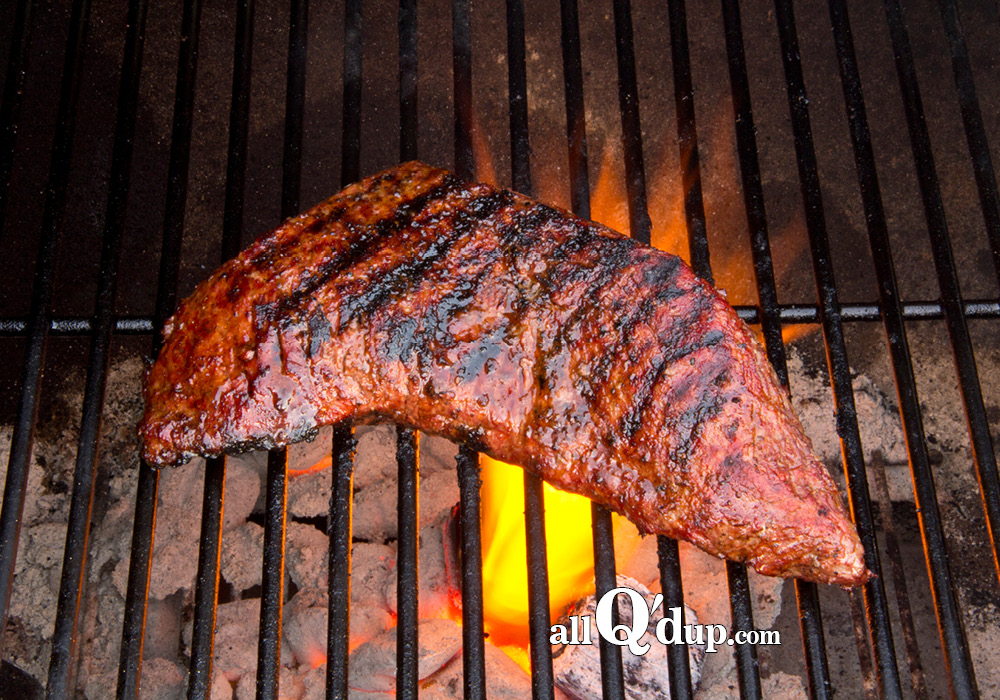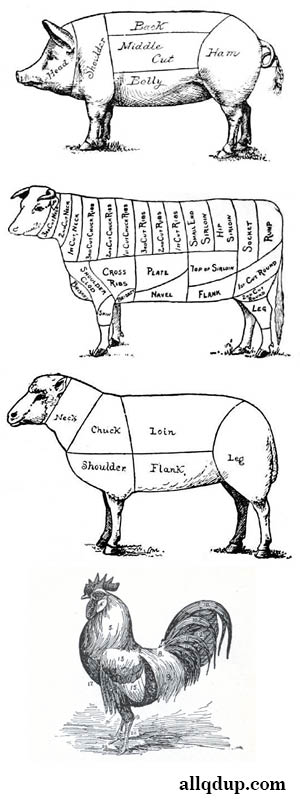Both barbecuing and grilling cooking techniques cook meat over open heat, but barbecue involves low and slow cooking with the addition of actual wood smoke. Barbecuing is cooking meat with a definite smoky flavor that naturally penetrates the meat.
Barbecuing
Barbecue uses larger cuts of meat than grilling, and the heat is indirect. The low and slow heat and cooking times are necessary to make the finished product tender, flavorful, and juicy. These low temperatures range from 200 to 250 degrees F, and are maintained during the entire barbecuing time, often one hour per pound of raw meat.
Smoke from wood or wood chips impart flavor into the meat as it is barbecuing.
Smoking: Cold or Hot Smoke
Smoking meat involves either cold smoking or hot smoking. Cold smoking doesn’t actually cook the meat but gives it a definite smoke flavor. Because this method doesn’t cook the food, temperatures for cold smoking are below 85 degrees F, the meat or seafood being smoked must be cooked or cured before smoking, or cooked after smoking bringing the temperature to 160 F before being served (over 165 degrees or higher for poultry).
Hot smoking is a cooking method, where the meat is heated or cooked slowly while using smoke to flavor. Meat and seafood that are hot smoked are typically brined or cured before smoking. Brining helps to not only flavor the meat, but the acid in the brine acts as a natural tenderizer. A dedicated smoker is generally preferred since the cooking temperature is better controlled.
Grilling
Grilling involves faster cooking, at higher temperatures, and generally uses smaller cuts of meat. Foods are typically cooked over an open flame or direct heat below the food at temperatures above 400 degrees. Charcoal, gas, or wood can all be used to heat the grill.


 Welcome to All Q’d Up. Dedicated to the art of barbecue.
Welcome to All Q’d Up. Dedicated to the art of barbecue. 